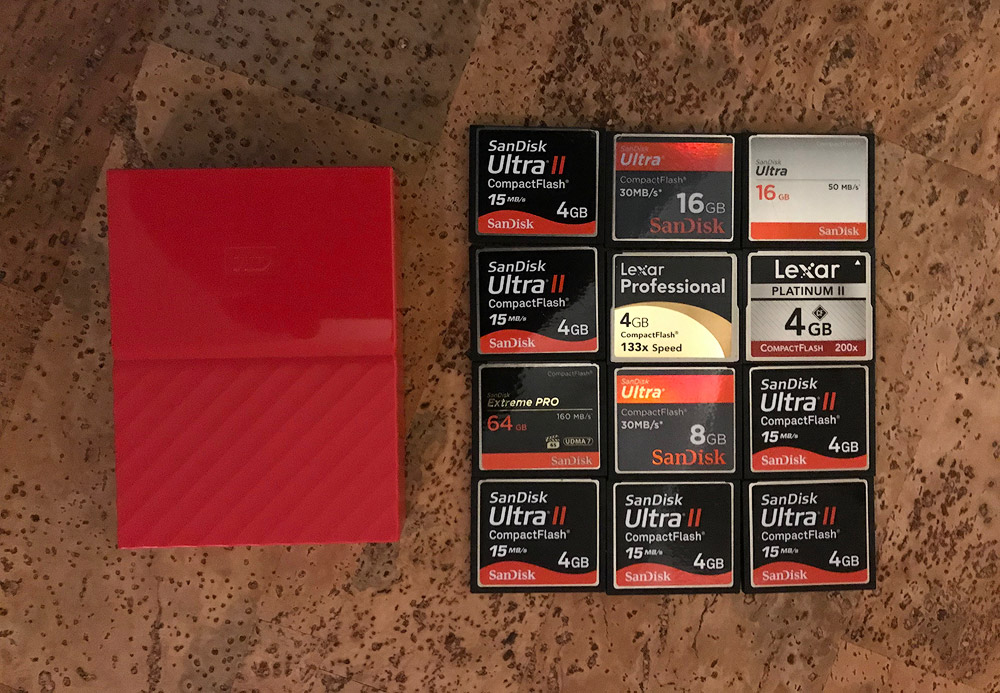
As Tom Keifer of wrote on a hit ballad in 1988, you “don’t know what you got till it’s gone”. You really don’t know the impact it has until it’s truly gone. If you know the band and the song bonus points for you. I think about that if I had one very large card go corrupt or if I kept all all my photos on one drive, not to be confused by OneDrive.
Even though the linked blogpost below is close to a decade old it will likely never fail to be relevant. As the title says your drive will fail. Not if, but when. Whether you are single photographer with one computer or a fortune 500 company with a data center that requires a Segway to get around, eventually it will happen.
My strategy is still similar as to what I noted years ago in that eventually, about once a quarter, I ensure that my files are in at least three different locations/drives. Yet they are on at least two drives almost right after they get onto the computer. I no longer use the Drobo system which I briefly covered in another blog post a couple years later illustrating all the ways I have lost files due to failures from camera cards to computer drives. Maybe Drobo is much better now as I can only speak to my experience then. I use regular external drives from Seagate and Western Digital now days for my backup.
In 2019 it does amaze me to still see panic and frustration from someone when a computer fails and their only copies of photos from a once in a life time trip or photos of their children were on that single device. With backup cloud storage that is plentiful and inexpensive, getting those files in two locations at minimum shouldn’t involve much more than downloading them on your computer and let the machine do the work from there. Heck, I don’t even rely on iCloud to be the only backup for my iPhone photos.
Talking about drive failure I had it happen last year, again, on one of my main computer drives. I went to boot my computer and one of my data drives with over 1TB of photos was dead. I was glad to say my only concern was that I would have to take the time to restore the backup from somewhere which slowed me down for the week. No concerns about needing to find a way to get the files from a dead drive. Destroy the drive if you are concerned about who might find it or drop off at a trustworthy technology recycling facility if you have one nearby. I went the recycling route this time around since it’s better on the environment.
My hope is that anyone reading this already has a backup strategy that works well. If not then hopefully this spurs you into action. Feel free to share your backup strategy in the comments for others to see.

Location: Portland, OR
Website: www.adrianklein.com
Adrian Klein has a passion for the outdoors and landscape photography that is endless. He has traveled the parks, shorelines and wilderness capturing images that represent each area through his own artistic eye from the curbs to the far off trails.

Recent Comments